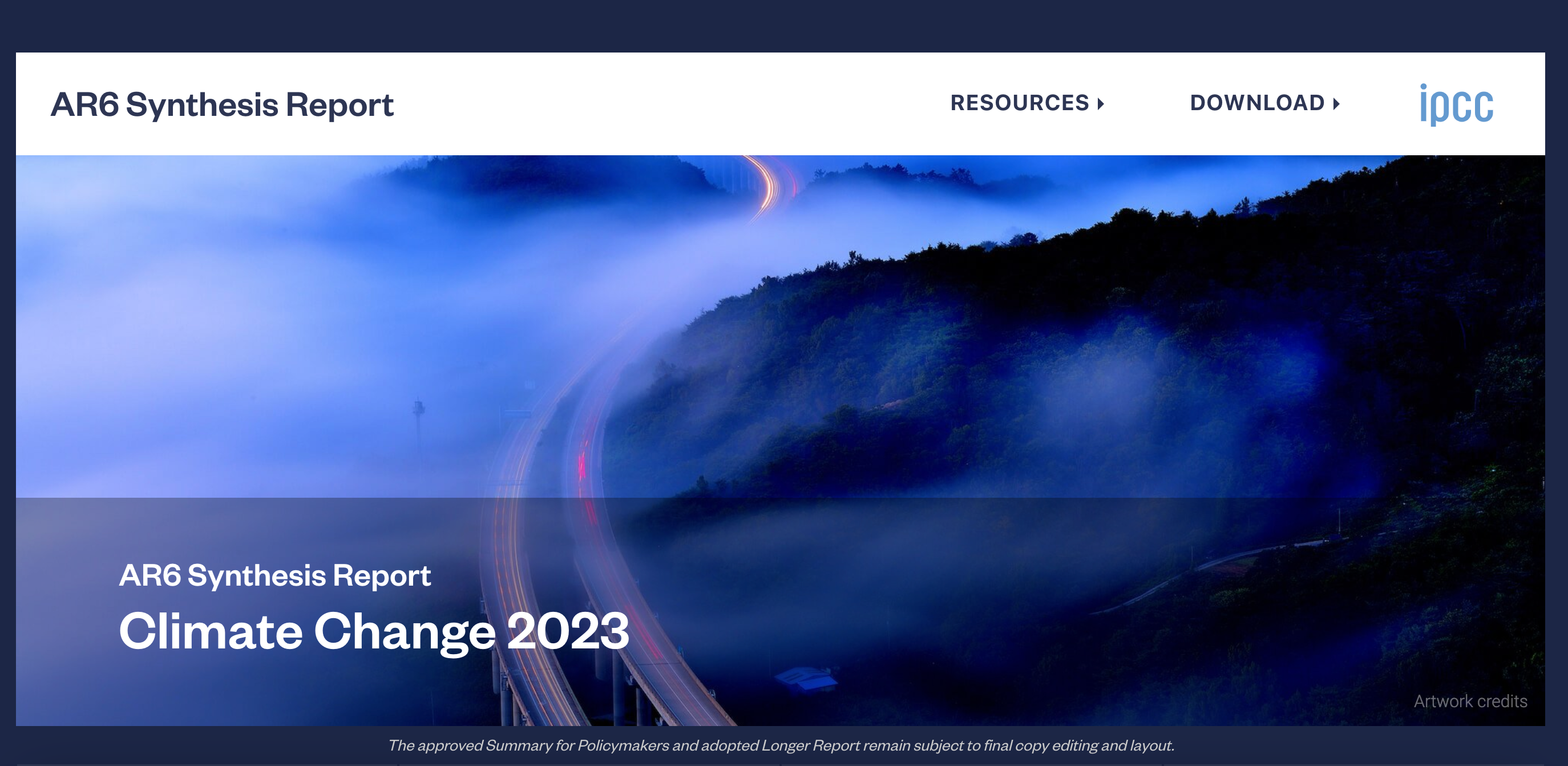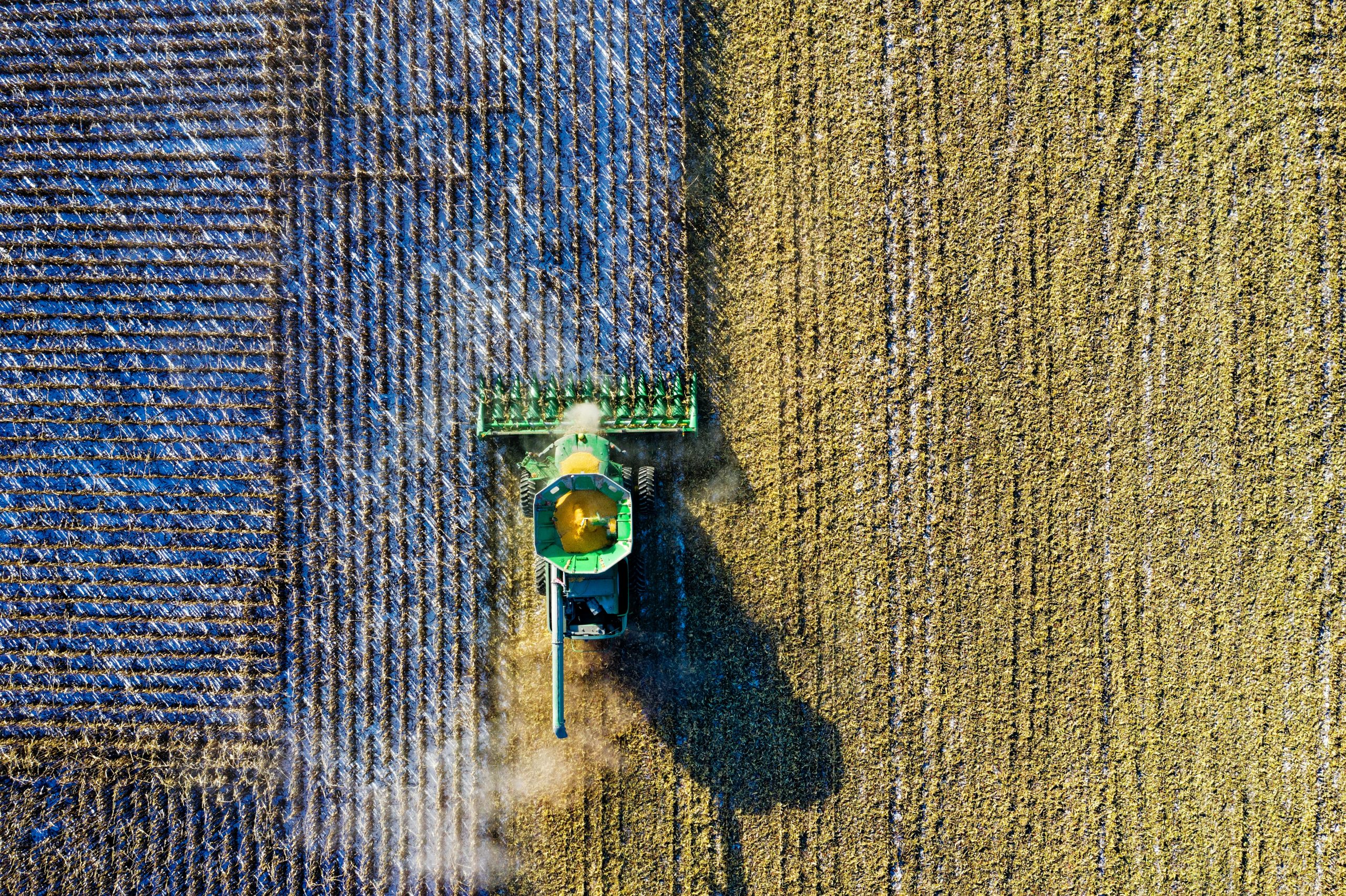NAP Global Network published a new synthesis report on gender-responsive NAP processes across the globe. This report highlights how developing countries continue to make progress in building resilience to climate change impacts while also creating more equitable communities and societies.
As defined by the NAP Global Network, United Nations Framework Convention on Climate Change (UNFCCC) and the World Health Organization, gender-responsive approaches in any process are ones that actively promote gender equality by addressing gender norms, roles, and inequalities. In the context of the NAP process, this means that an intersectional gender lens must be applied throughout all stages, from assessing vulnerabilities, to prioritizing and implementing adaptation actions, to tracking and reporting on progress. It also requires attention to gender considerations in enabling activities, including capacity development, institutional arrangements, information sharing, and financing.
In 2019, NAP defined three sets of key questions that ought to be considered in the process of adopting a gender-responsive approach:
- How do people’s needs and capacities for adaptation differ? Why do these differences exist?
- Who has a voice in adaptation decision-making? Who is left out?
- Who will benefit from investments in adaptation? Who may be left behind?
These questions are there to serve the decision-makers, adaptation stakeholders, and advocates when decisions about processes and investments in the NAP process are being made. Thanks to the NAP process being participatory, cross-sectoral, and focused on medium- and longer-term planning, it is at the same time a unique opportunity to analyze and address gender and social issues that must be tackled for adaptation outcomes to be equitable, which is why particular attention should be put at this issue.
In their 2020 synthesis report, the NAP Global Network pointed to the transformative potential of the coming years in terms of advancing gender-responsive and socially inclusive approaches to adaptation. In this year’s report, although the job is not done yet, many advances are noted during the assessment.
“The increased attention to gender and climate change linkages at the international level demonstrates the momentum that has been created to address this nexus in an integrated way. The evolution in the framing of gender issues, with a more nuanced and intersectional perspective, shows that the adaptation and gender community is learning and adjusting as we go and that this learning is being picked up by national decision-makers and stakeholders in NAP processes. Countries are increasingly treating gender as an issue that cuts across NAP processes, through planning, implementation, and tracking progress, and recognizing that this requires targeted capacity development and institutional arrangements that facilitate collaboration among gender and climate actors.”
Finally, in terms of future developments in this domain, the report emphasizes the need for further effort in the following: developing capacities to integrate gender considerations in NAP processes; strengthening the linkages between subnational and national adaptation processes; and gender-responsive adaptation finance.
 Back to previous page
Back to previous page






